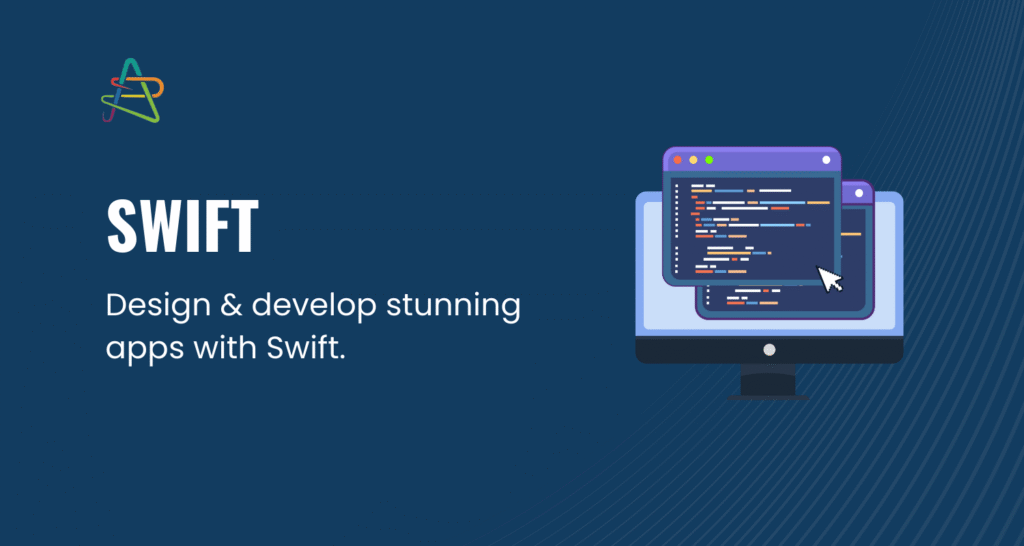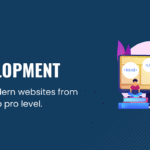Basic Of Swift – Self Paced
Learn Swift programming from scratch, including OOP, functions, closures, optionals, memory management, protocols, and generics with the Swift Basic Curriculum – AICTE-aligned training for aspiring iOS developers.

The Swift Basic Curriculum is a comprehensive, AICTE-aligned course designed for beginners, aspiring iOS developers, and software enthusiasts who want to master Swift programming and develop applications for Apple platforms. This course provides a hands-on approach to learning Swift, combining conceptual understanding with practical coding exercises to build a solid foundation in programming.
Throughout this course, participants will learn the history, features, and syntax of Swift, gain proficiency in control structures, functions, and object-oriented programming, and understand how to work with collections, optionals, closures, memory management, protocols, extensions, and generics. By the end of this program, learners will be prepared to develop basic iOS applications and continue to advanced Swift programming.
Course Curriculum Highlights:
Module 1: Introduction to Swift
-
History and evolution of Swift
-
Features of Swift programming language
-
Setting up the development environment
-
Writing and running your first Swift program
-
Understanding data types and variables
Module 2: Control Structures
-
Conditional statements (if-else, switch)
-
Loops (for, while)
-
Control transfer statements (break, continue, return)
Module 3: Functions
-
Defining and calling functions
-
Function parameters and arguments
-
Return values and function overloading
Module 4: Object-Oriented Programming
-
Classes, objects, and properties
-
Inheritance, polymorphism, and access control
-
Initialization, deinitialization, and error handling
Module 5: Collections
-
Arrays, dictionaries, and sets
Module 6: Optionals
-
Handling nil values
-
Forced unwrapping, optional binding, and optional chaining
Module 7: Closures
-
Defining closures and capturing values
-
Trailing closures
Module 8: Memory Management
-
Automatic Reference Counting (ARC)
-
Strong, weak, and unowned references
Module 9: Protocols and Extensions
-
Defining and adopting protocols
-
Protocol inheritance
-
Adding functionality using extensions
Module 10: Generics
-
Defining generic types and functions
-
Type constraints and associated types
By the end of this course, learners will have the skills to write clean, efficient Swift code and gain the confidence to start building iOS applications and continue with advanced Swift programming.
Course Information
Recent Courses
Compare Course
Click the button below to compare this course with another one.




